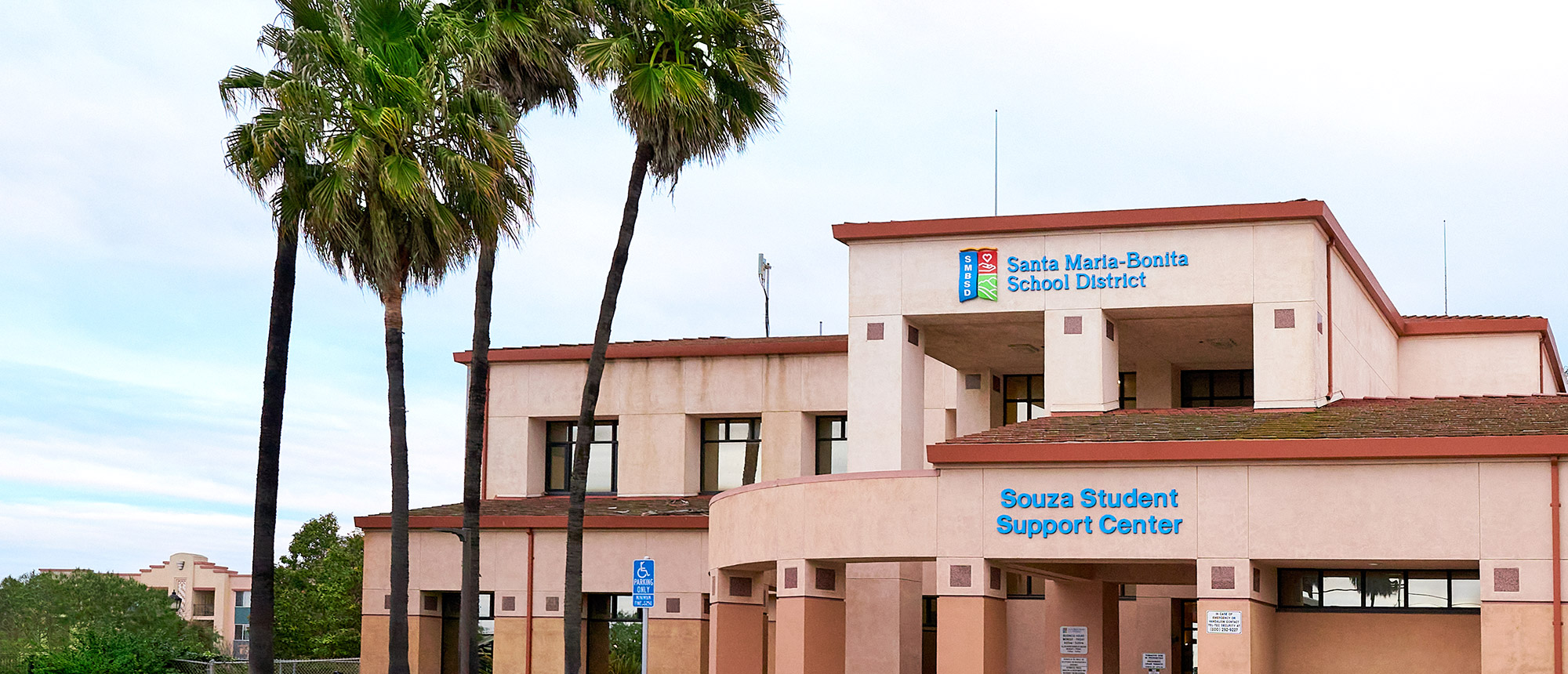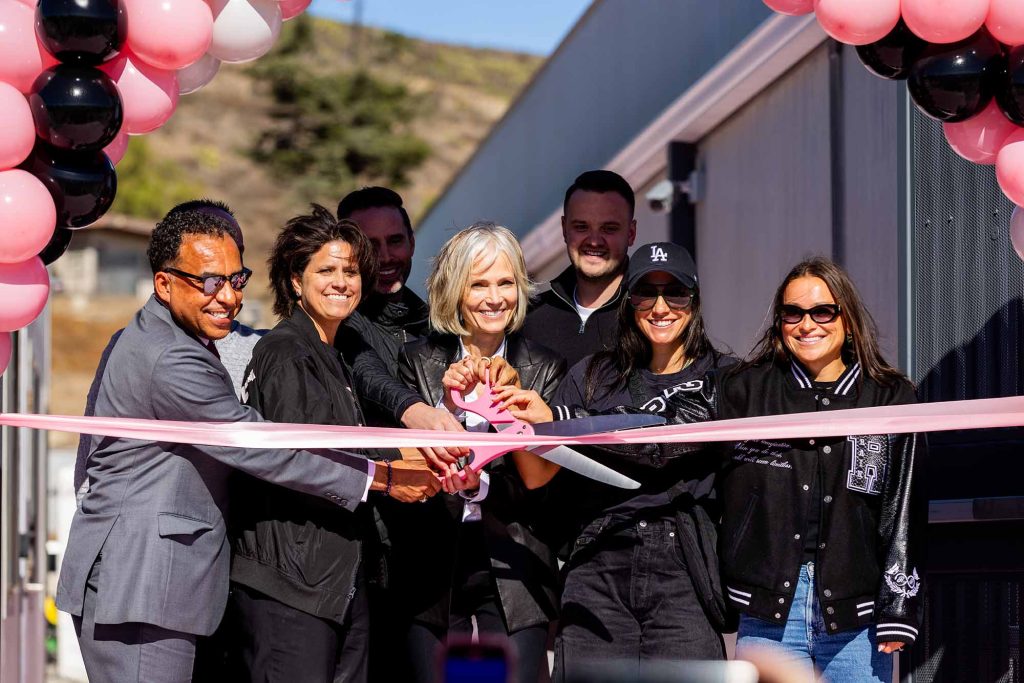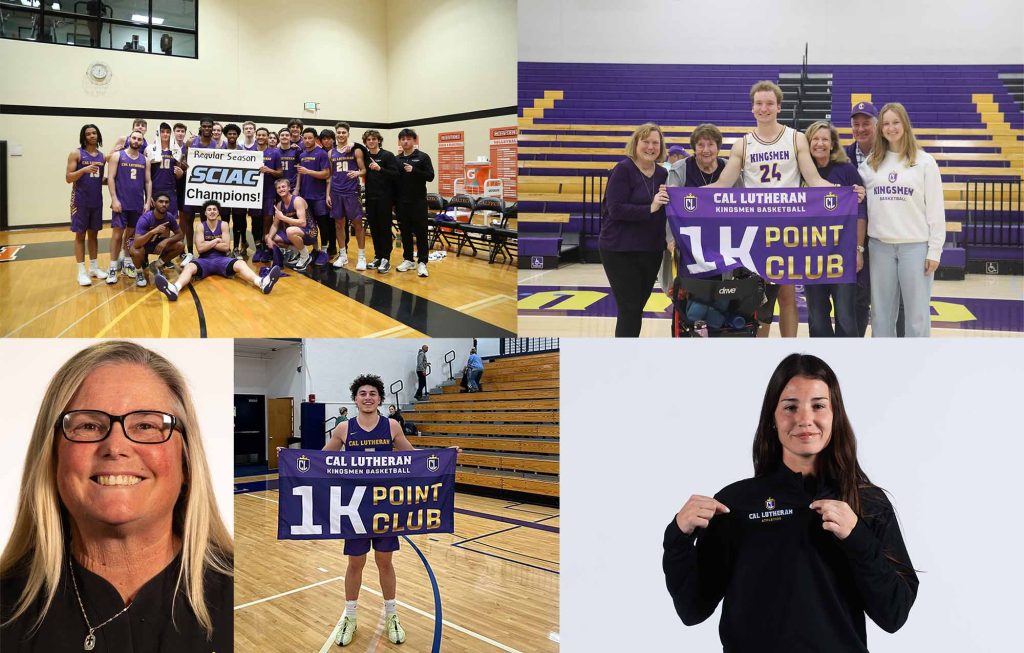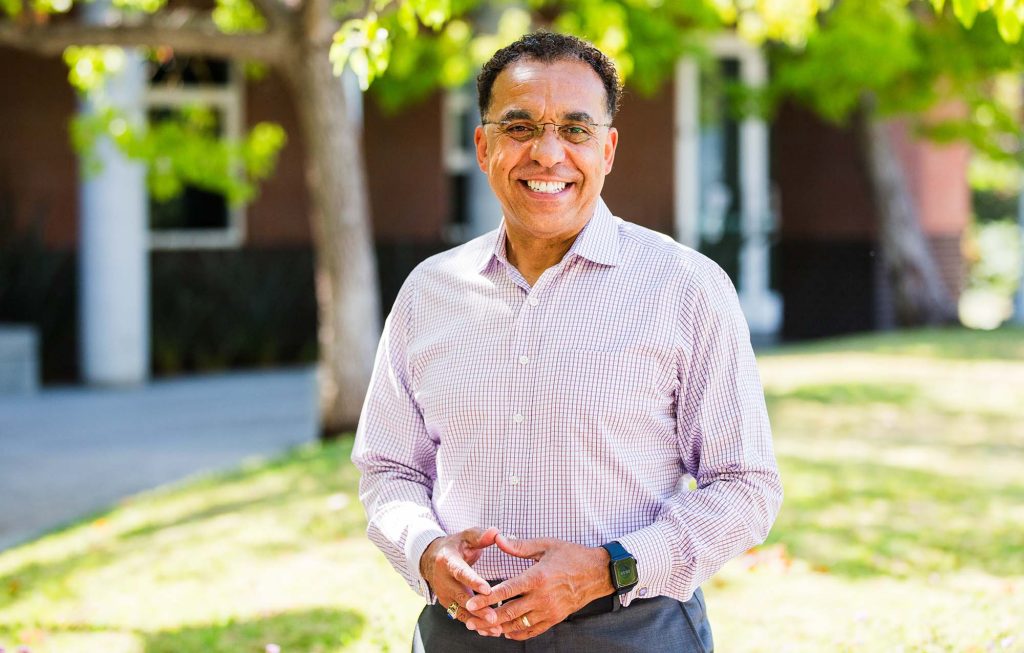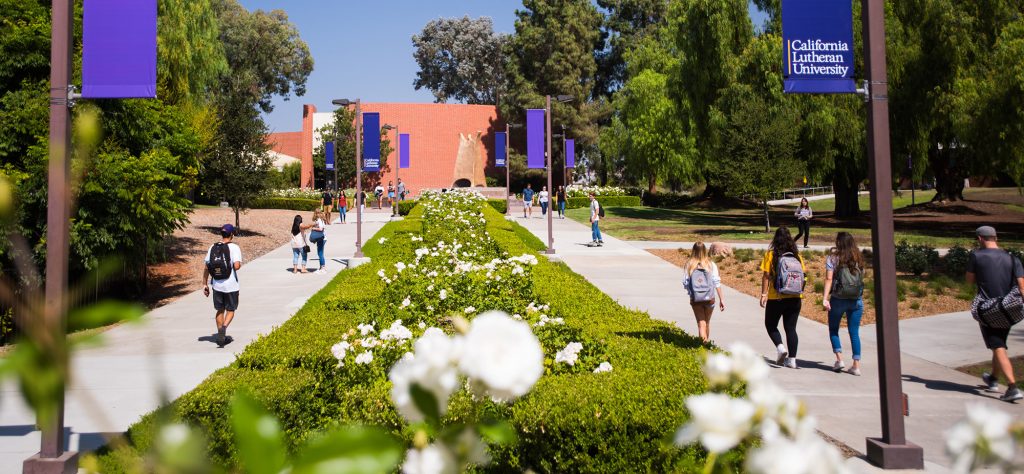During her first years as a preschool instructional assistant, Fátima Landeros experienced a variety of challenging student behaviors.
But the fledgling bilingual instructor embraced the challenge and has spent the two decades since studying early childhood education. She became a preschool teacher and now works as a part-time substitute teacher for the Santa Maria-Bonita School District.
Thanks to an innovative partnership between the school district and California Lutheran University’s teacher credentialing program, Landeros, at 42, expects to soon become a full-time, fully credentialed teacher with the promise of at least four years of employment.
Opening Pathways to Teaching
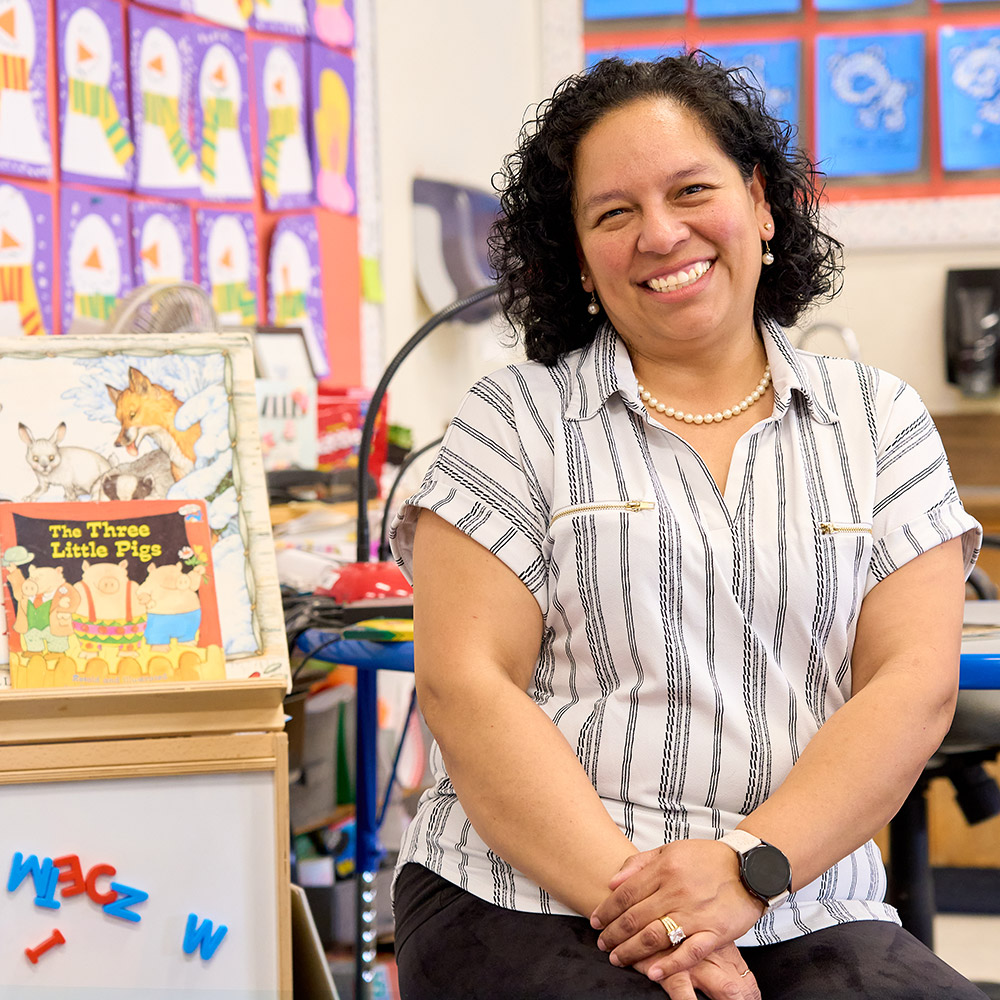
Santa Maria is a mid-sized city of about 110,000 people on California’s central coast in northern Santa Barbara County — famous for its eponymous barbecue style and the 20 million trays of strawberries its fecund fields produce each year.
The school district has 17,000 students enrolled in transitional kindergarten through eighth grade. Nearly 75% of the district’s teachers are white, whereas more than 80% of the students are of Latine heritage, including some whose migrant farmworker families split time between Santa Maria and Mexico. It’s also one of thousands of districts across the nation contending with a persistent shortage of qualified teachers.
According to a 2022 U.S. Department of Education report, 41 states, including California and the District of Columbia, face scarcities in at least one subject area or grade level. Reasons for the shortages include relatively low pay, retirements, high turnover, declines in tax revenues that support schools and memories of COVID lockdowns and remote learning.
The Pathways to Teaching program aims to overcome obstacles such as tuition costs that keep otherwise interested candidates from pursuing classroom careers to fill those gaps.
For Landeros and other employees of the Santa Maria-Bonita School District, the rigorous program features evening classes at district offices and a residency teaching experience during the day in local schools. Participants are taught by Cal Lutheran faculty and paired with mentor teachers who work with them in the classrooms three days a week.
Funded by an array of grants totaling more than $9 million so far, candidates receive help with the application process, a $2,000 monthly stipend, health benefits and the chance to work as a substitute teacher two days a week to boost income.
Despite having spent many years in classrooms, Landeros — who was born in Guadalajara, Mexico, and immigrated at age 8 with her parents to Santa Maria — said her student teaching in kindergarten during the Pathways to Teaching Program has instilled in her a much deeper understanding of how children learn and how to address their special needs.
“I’m more understanding and open and just a better teacher,” she said. “This experience has been very meaningful.”
Building the pipeline
Shelli Hart, the Santa Maria-Bonita School District’s program specialist for teacher development, years ago realized that online university programs were not sufficiently preparing would-be teachers for the classroom — especially given her district’s relatively high level of vulnerbility and the need for bilingual instruction.
“They were getting credentials but were struggling in the first years,” she said. Meanwhile, nearby Cal Poly, San Luis Obispo, though highly regarded, was not producing enough candidates.

Hart realized that the district had to get creative to build a pipeline of classroom professionals suited to the district’s students.
The state of California, then flush with funds, was attempting to create incentives to build partnerships between districts and universities. Hart was aware that Cal Lutheran sponsored a program in Santa Maria to train school administrators, and she contacted the university’s Graduate School of Education to explore a partnership for classroom teachers.
“We’d always talked about how it would be great to do a teacher ed program as well,” said Michael R. Hillis, PhD, a professor and dean of Cal Lutheran’s Graduate School of Education. “We very quickly had good chemistry.”
Acting on blind faith and initially without funds, Hart surveyed paraeducators (non-credentialed school employees who are supervised by certified teachers) in the district, asking: “If we built this program, would you be interested?” The theory was that the program could tap this large pool of employees who were already familiar with the community and dedicated to education. In less than 24 hours, she had received 115 responses.
Overcoming challenges
The California Commission on Teacher Credentialing provided an initial grant of $250,000 in November 2021, and the program’s first cohort started with 17 candidates in January 2022. Of that first batch, eight fulfilled all requirements — which included passing the California Subject Examinations for Teachers, or CSET — and moved on to a semester of student teaching.
Acela Comerford, 48, recalled being one of the “guinea pigs” in the first cohort.
“I would work at the district (as an administrative secretary) until 4 or 5 p.m. and then go downstairs for classes,” she said. “It was very convenient. It’s really a partnership — holding hands, mentor, tutors. They thought of everything.”
She now teaches transitional kindergarten and says her student teaching in a kindergarten class inspired her to extend the TK curriculum.
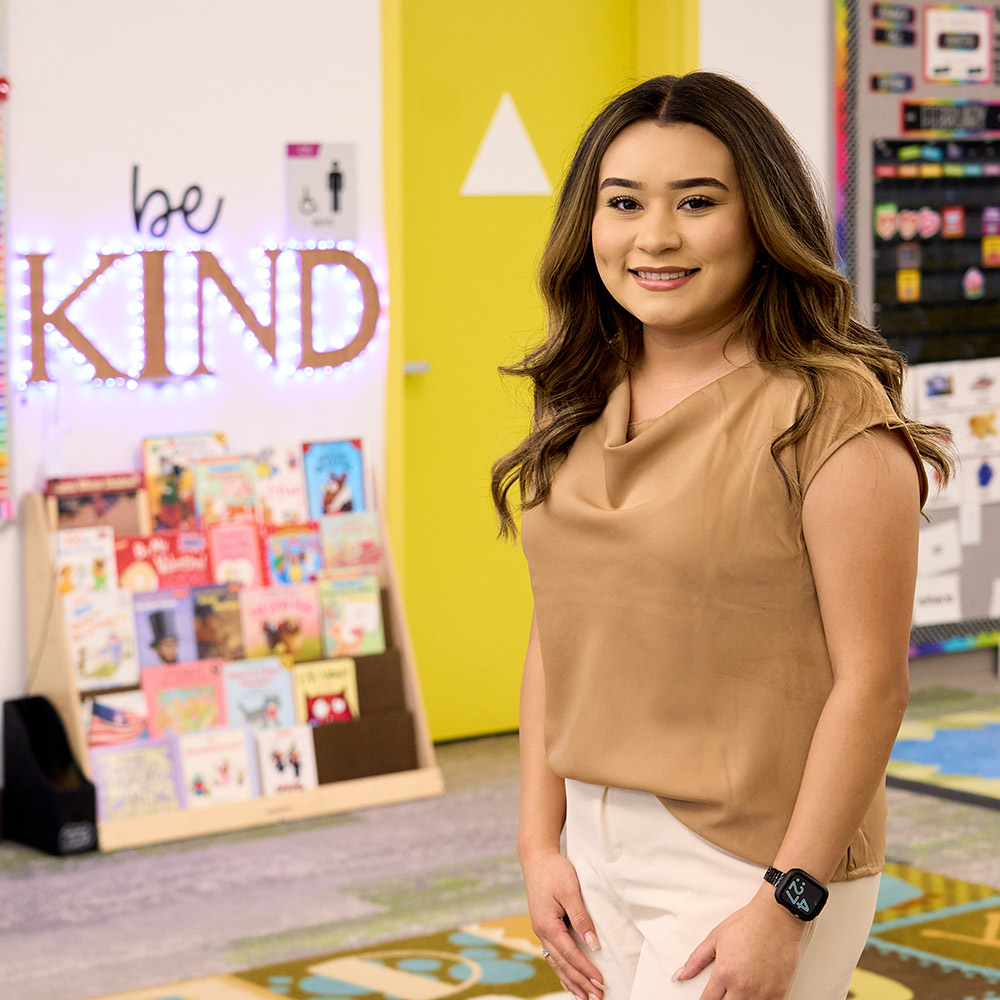
“The more you expect from the students, the more they give you,” she said. “I want to do TK a few more years and then go back to kindergarten.”
She knows firsthand the challenges that some of her small charges face. As a child, she would migrate every year with her parents to Mexico and then return to Santa Maria for the strawberry harvest. The long absences made it tough for her to keep up with classmates. She had to repeat first grade and credits her teacher with inspiring and pushing her to excel.
Nineteen candidates from the second cohort, including Landeros, are expected to graduate in May. The third cohort, which started in January, has 19 candidates.
Next chapter
Candidates can now choose from two tracks: multiple-subject credential with transitional kindergarten and bilingual authorization or the preliminary education specialist credential for classrooms with “mild to moderate support needs.”
Cal Lutheran and school district representatives hold weekly Zoom meetings to assess what’s working and what’s not. They discuss recruitment, placement and student performance.
“The reason why this is so successful is that both Cal Lutheran and the district really believe in this program,” said Lauren Prieto, graduate admission counselor at Cal Lutheran.
Rocio Ramirez, 25, was born in Santa Maria, grew up in nearby Guadalupe and graduated from Fresno State University in December 2021 with a bachelor’s degree in liberal studies. Soon after, she started as a bilingual instructional assistant in the district.
She saw a flyer about the Pathways program and realized that it checked all her desired boxes: a bilingual authorization, TK units and a teaching credential. A member of the second cohort, she is now enmeshed in student teaching and hopes to secure her teaching credential and begin full-time teaching in August.
Her mentor has passed along wisdom about instructing tiny tots: Be flexible. Have a calming corner. Use breathing techniques. Talk with them about their emotions.
“I want to be a teacher whom the students can see themselves in,” Ramirez said. “I speak Spanish. I am from the community and can communicate with parents. I want to be compassionate.”


